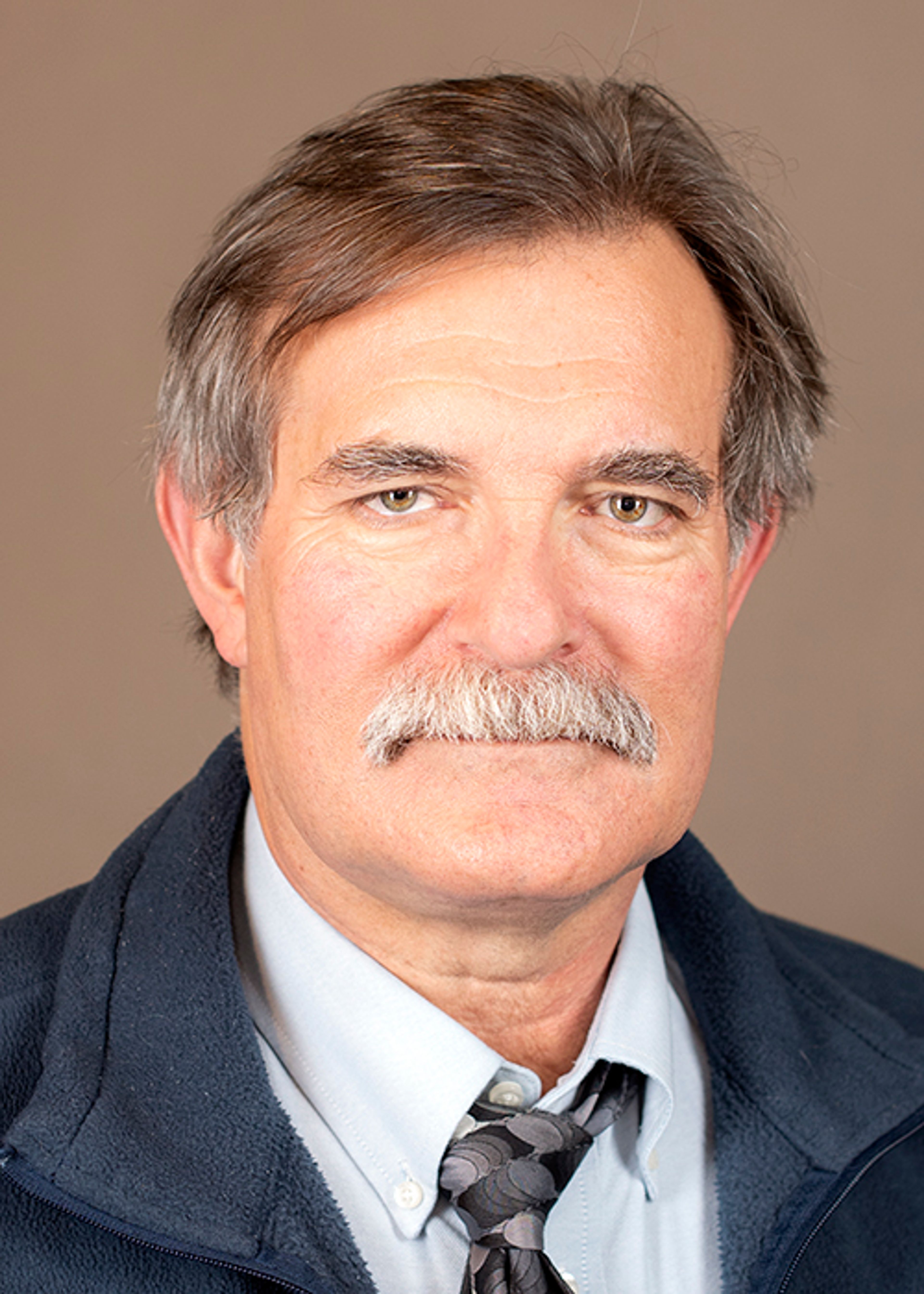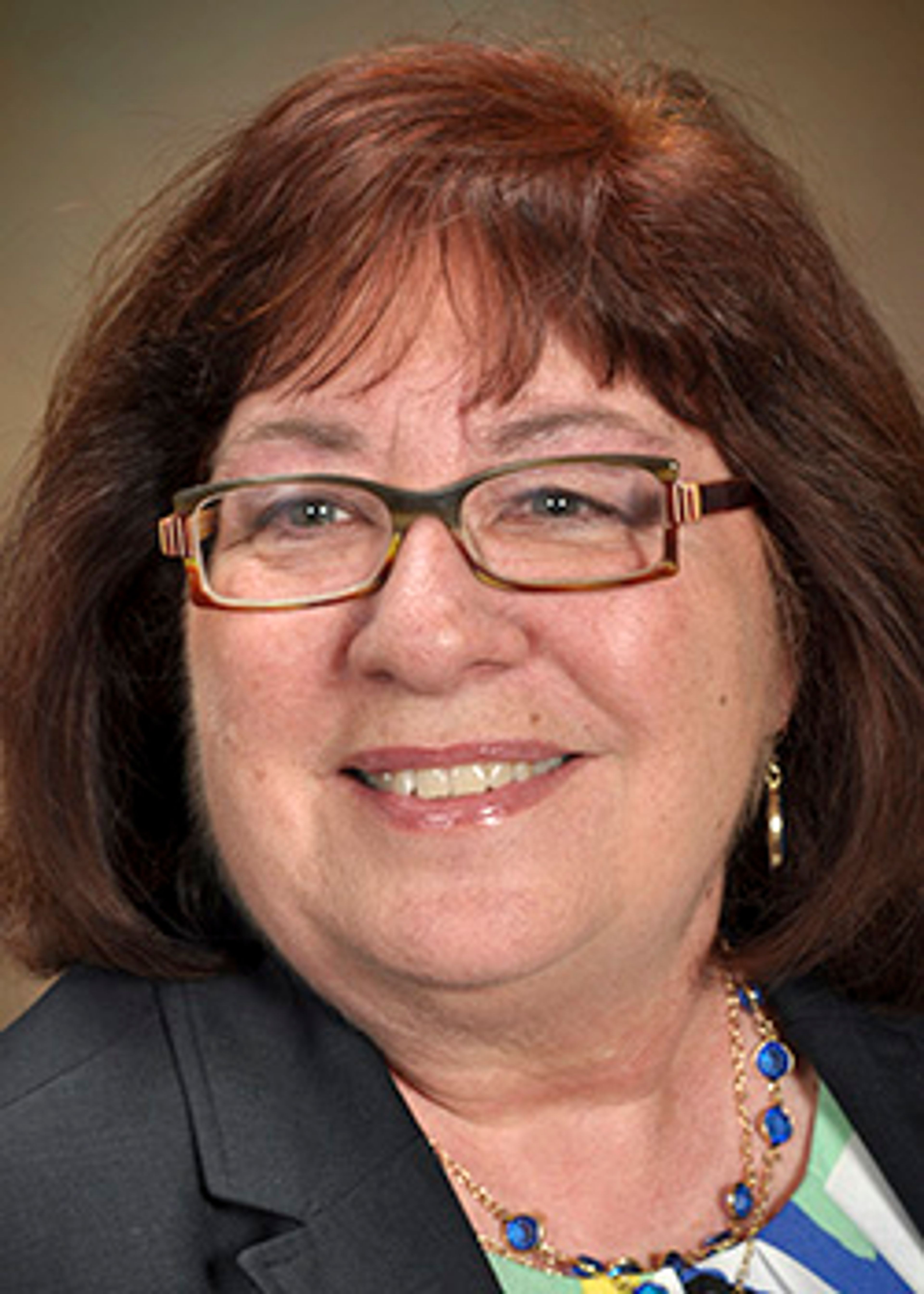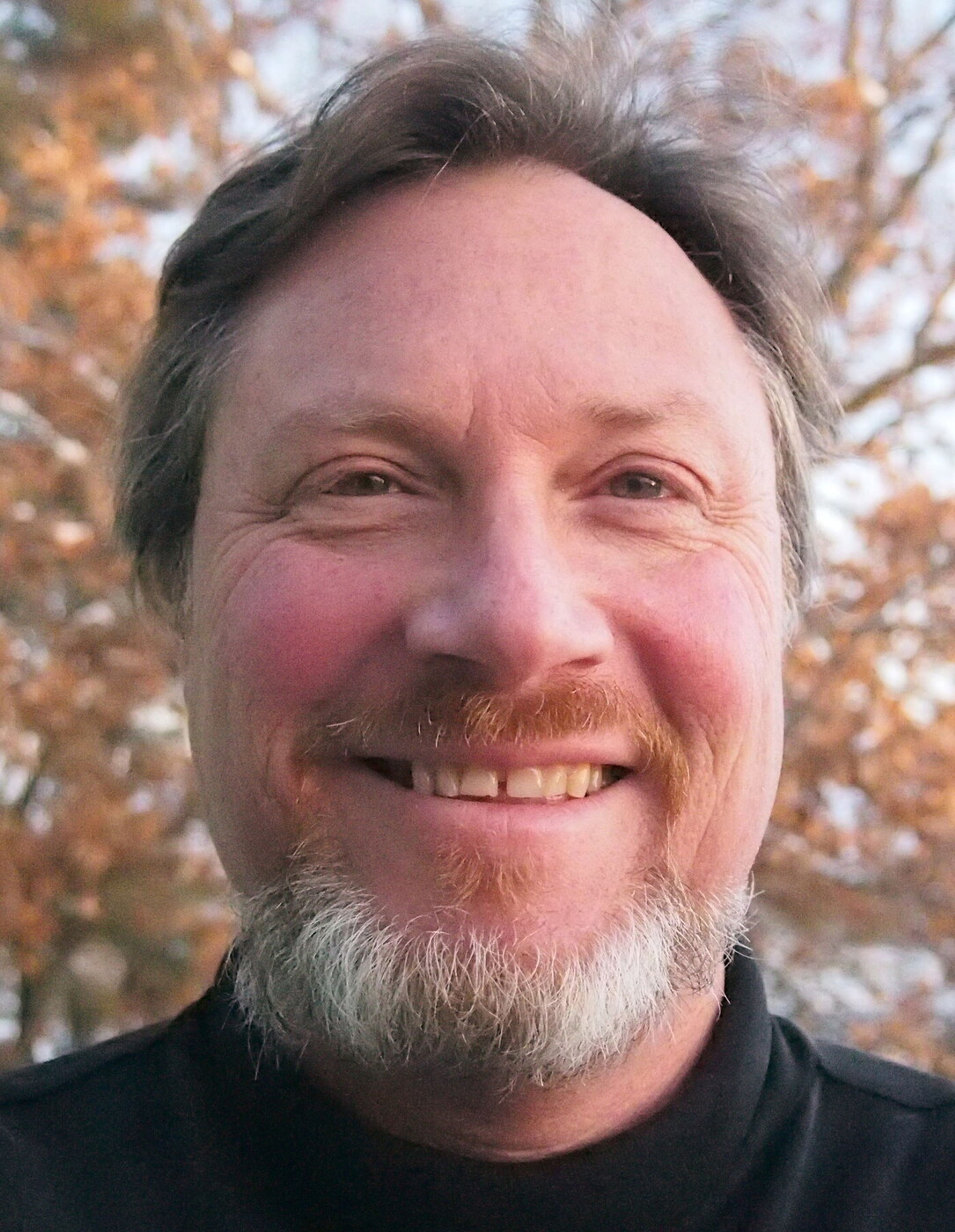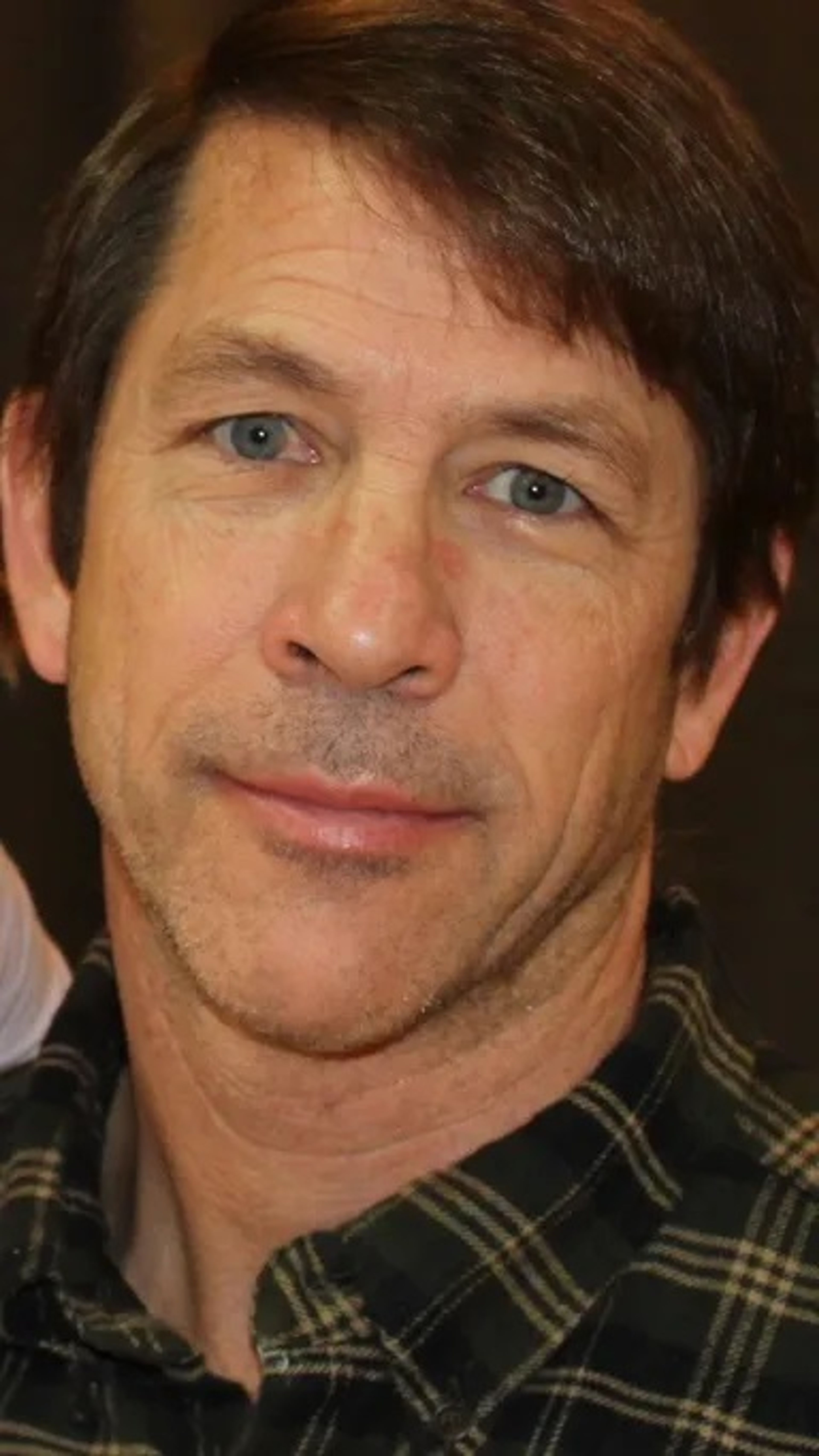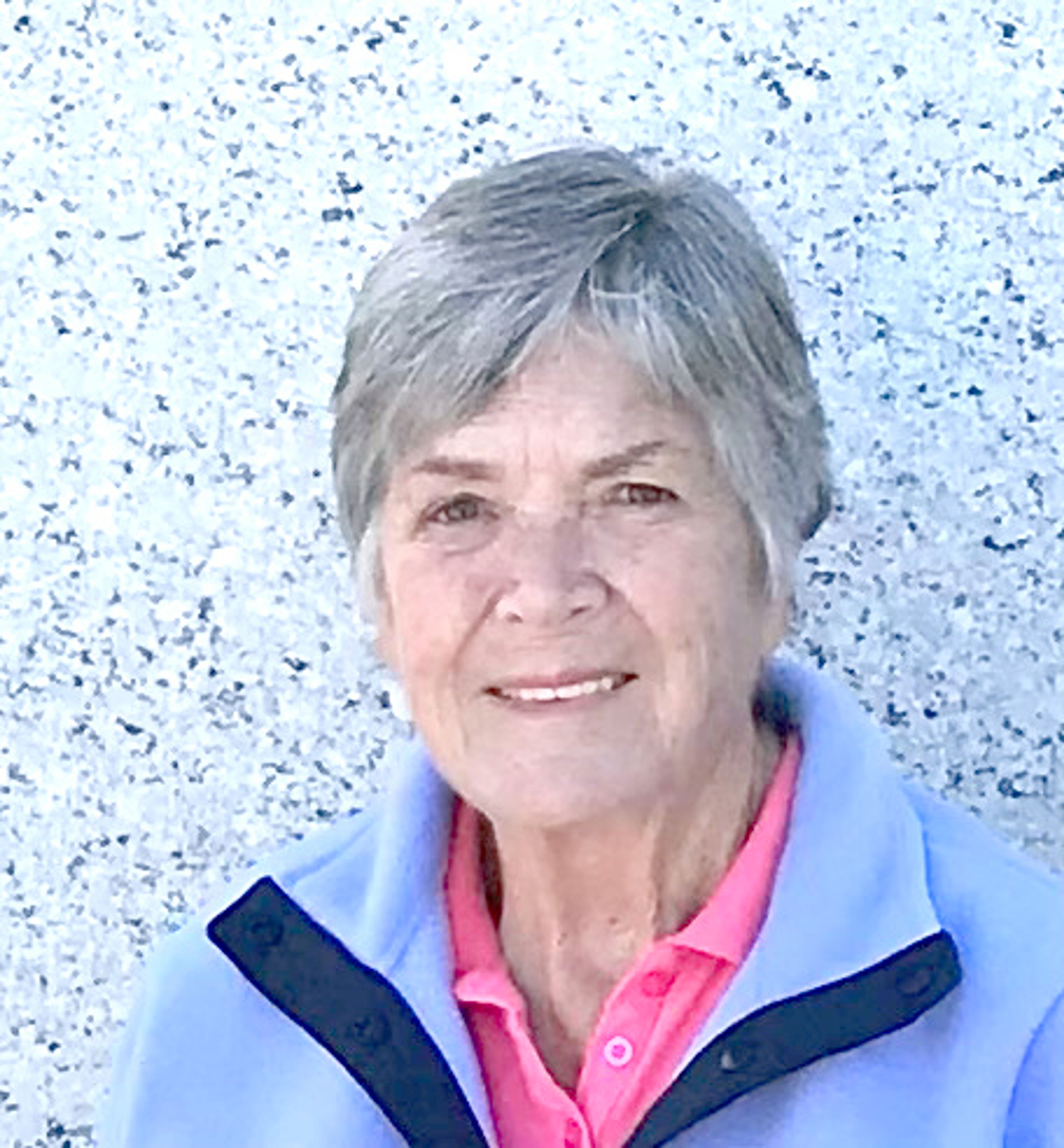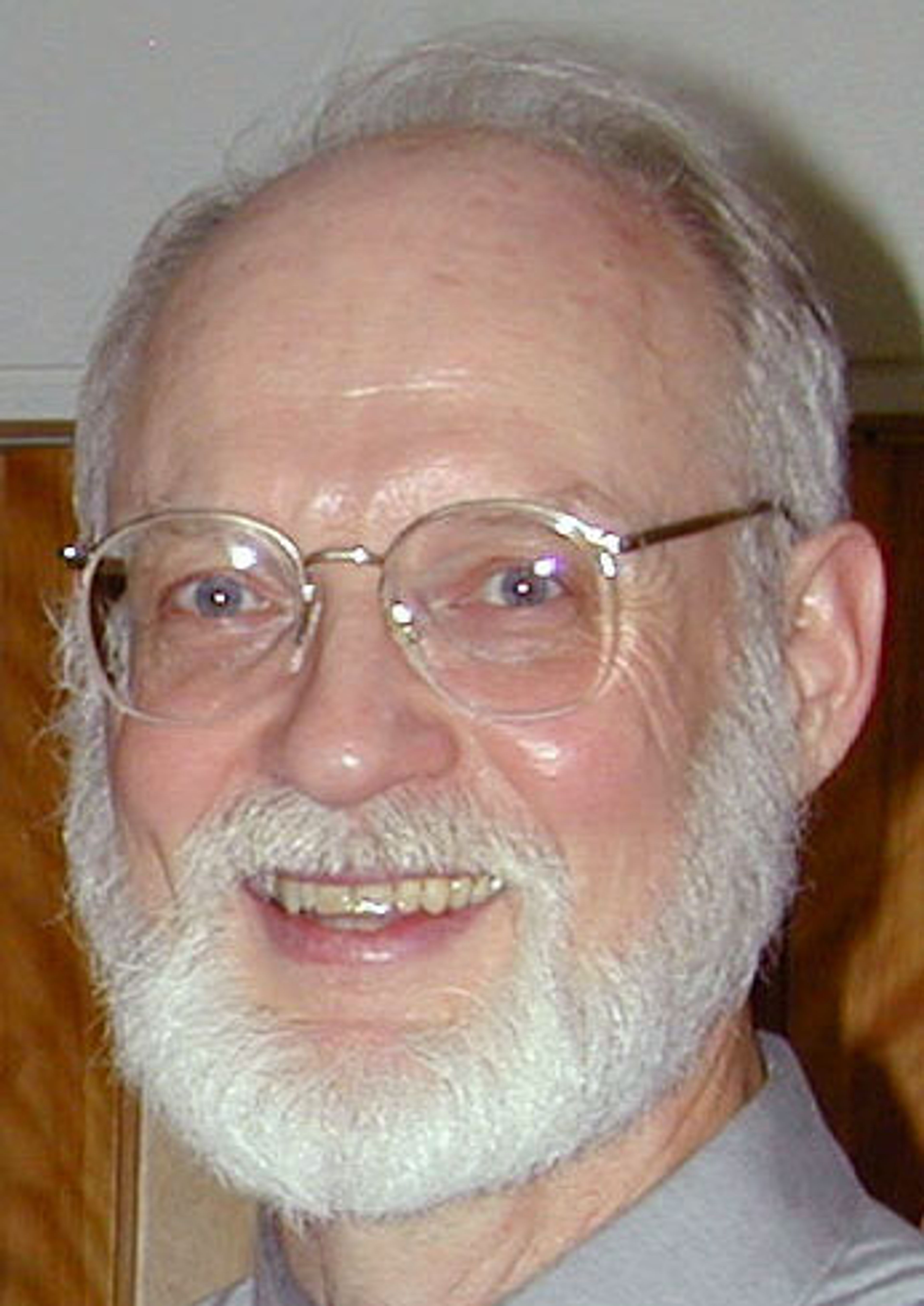The Idaho State Legislature is trying, again, to stick its big nose into matters on which it is abysmally ignorant.
The current issue is pornography — whatever that is — in schools and libraries.
Legislators are responding to parents who think the government should enforce their family values on everyone else. Indeed, to do it so parents don’t have to do it themselves.
Legislators’ ostensible objective is to protect minors from “harmful” materials.
The problem is that no one knows what is pornographic to other people; or what is harmful to children, or adults for that matter.
They can’t; because there is no hard and true definition of pornography. And many — dare I say most? — don’t know that pornography has been protected by the U.S. Supreme Court as free speech since 1964 when then Justice Potter Stewart opined that “hard-core pornography” was hard to define, but “I know it when I see it, and the motion picture involved in this case is not that.”
Today, the movie (“The Lovers”) probably wouldn’t even qualify for an R rating; and subsequent U.S. Supreme Court decisions have broadened the legality of print and movies that explicitly portray Slot A and Tab B in vivid action.
Pornography is a social term. The legal term is obscenity, and it requires that the material be “without redeeming value.” The depiction of copulation and other sexual acts aren’t forbidden.
The definitions of pornography, obscenity, and “harmful to minors” are determined by the viewer, and they differ a very great deal.
A visit to my long-ago past may be illustrative.
Two events in the 1950s are relevant.
I was a 15-year-old teenager full of raging hormones working as a box boy in Sherman’s Grocery Store in 1953 when the famous and infamous Marylin Monroe naked centerfold appeared in the first issue of Playboy magazine.
The magazine was openly displayed along with other magazines, and yes, I saw it.
The movie “All My Babies,” also was released in 1953, but likely didn’t make it to Kennewick until a few years later.
“All My Babies” was a sex education documentary. My mother and stepdad took my older brother and me to view the movie with them. At a drive-in theater!
That was my parents’ choice, not that of city fathers, or Washington State legislators.
Later, in the mid-1960s, I was employed as a news reporter by the Tri-City Herald, and was assigned to cover the Kennewick School Board.
One night my family physician asked the school board to lower the age at which the district introduced sex education. I don’t recall the age at which the subject was then introduced, but Dr. Ralph deBit testified that he had treated pregnant girls as young as 12.
Yes, kids were having sex then, too; and many of their parents were “protecting” them from sex education.
Indeed, overprotective parents can and do harm children, which is bad enough; but many of them also want to harm other people’s children by denying them appropriate sex education.
That’s exactly what’s now happening in the Idaho Legislature.
Sex education is a hotly emotional topic. It always has been and always will be. But as some of the opponents of the proposed legislation explain, ignorance can be more harmful than exposure to biological and social facts.
As Lewiston Tribune reporter Laura Guido pointed out in her story of Dec. 11, only half of parents in America talk to their children about sexuality, and I’m betting many of them harm their children with correct information that’s too little, too late, as well as with biologically incorrect information.
So, it’s likely well more than half of America’s children are not receiving good sex education.
Why do parents who want to control what their children see think they have a right to control what other people’s children can see? Children whose parents want them to see it?
The morality of sex is appropriately a decision for churches, families and individuals.
School teachers should teach biology and instruct students to ask their parents about moral values.
Day has lived in Pullman since 1972. He served on the Washington State University faculty for 32 years as a science communicator, retiring in 2004. His peripatetic readings are catholic, with a small c.

